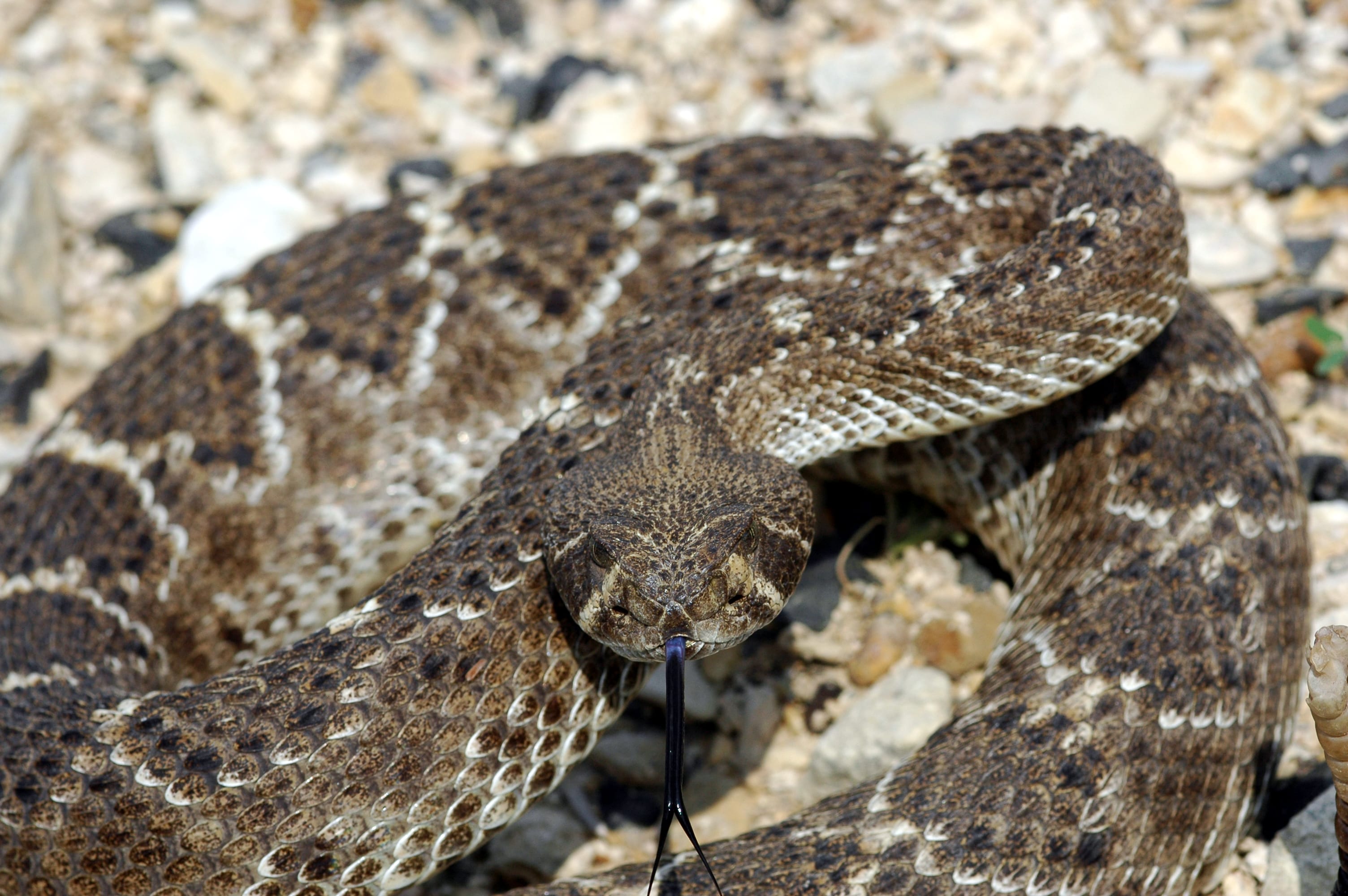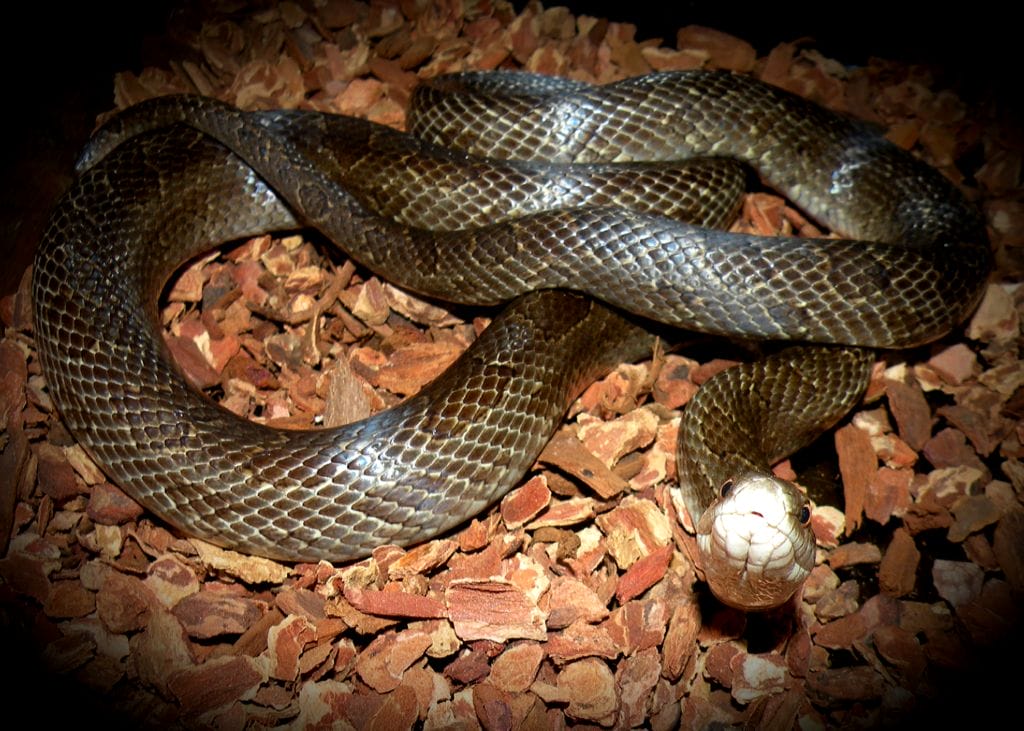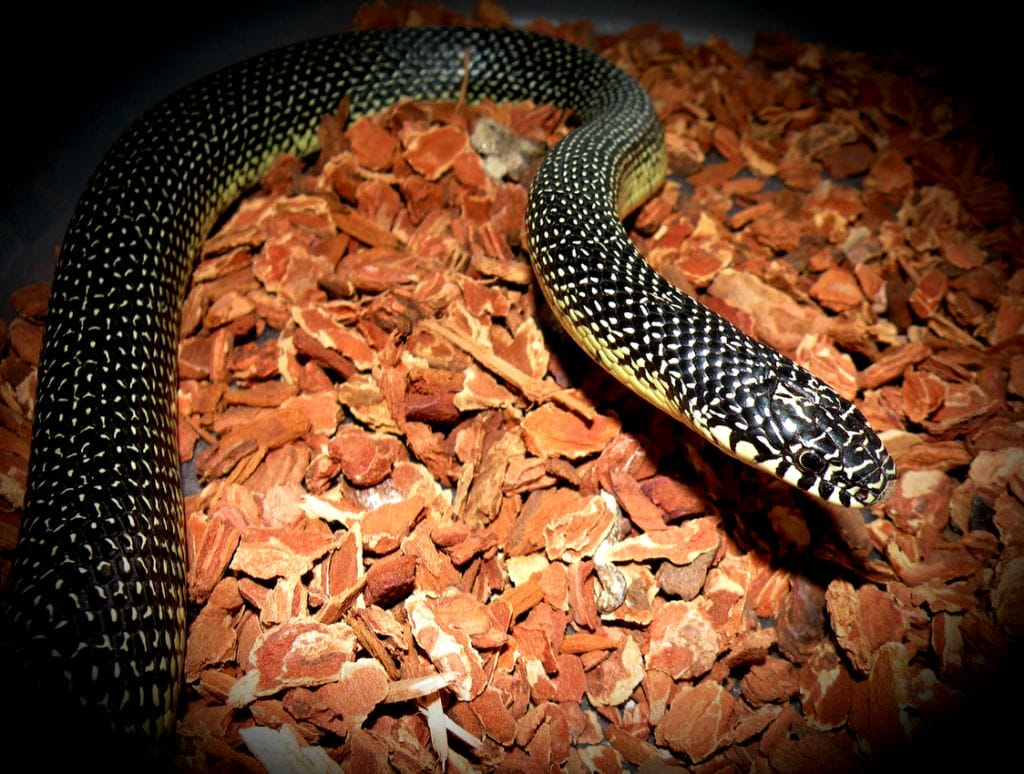

Uh oh...
It appears that you're using a severely outdated version of Safari on Windows. Many features won't work correctly, and functionality can't be guaranteed. Please try viewing this website in Edge, Mozilla, Chrome, or another modern browser. Sorry for any inconvenience this may have caused!
Read More about this safari issue.

We all could admit that there may be a person whom we know that has a bad reputation which precedes them. Unfortunately, there are times which the reputation is gained by false, uninformed or biased pretenses. These types of bad reputations precede most snakes. The experience of a negative encounter, or rather a negatively interpreted encounter, can spread like wildfire and in no time a reputation is built. It’s time to break down the barrier of fear and learn a bit about these creatures.
Arkansas is home to 36 different species of snakes, six of which are venomous…the copperhead, cottonmouth, western diamondback rattlesnake, timber rattlesnake, western pigmy rattlesnake, and the occasional Texas coral snake. Granted, these snakes can be intimidating because of their looks, capabilities and venom. But these venomous snakes are not the villains that we may think they are. These so-called ‘villains’ actually do jobs which help us. One of the jobs they do for us is pest control. Without the help of these reptiles, we would be overrun with pesky rodents and insects. In order to perform this job well, these animals must be equipped to handle it. Camouflage, swiftness, and even venom are all simply tools which these snakes use to perform their natural duties in the environment.

A common misconception is that venomous snakes are aggressive and will chase you if you get too close. That’s not the case at all. Snakes would much rather choose flight over fight, regardless of the species. If a person did find themselves within close proximity of these creatures, the most likely series of events will be that the snake will curl up in a defensive stance – prepared to strike only if necessary – then it will quickly slither away to shelter, given an opportunity. As long as the animal is not provoked further when it is in a defensive pose, that posing is likely to be all that will happen. With that being said, never try to push the limits of the animal because like people, each snake has a certain comfort zone when it comes to physical closeness. Pushing the limits and taunting the snakes are often what leads to people being bitten.

With the presence of venomous snakes in the state comes the misconstrued generalization that all snakes are bad snakes because they could potentially harm you. It is acceptable that there be fear for the capabilities of the venomous snakes, but that fear has affected the reputation of all other snakes as well. This fear can be quickly alleviated by learning to distinguish between a venomous and non-venomous snake. There are many different characteristics which can be used to tell the difference between the two. The venomous snakes in Arkansas are pit vipers (excluding the Texas coral snake), meaning that they have circular, heat-sensing pits located on each side of the head between the nostril and the eye. That pit is a definite characteristic of a venomous snake. A second characteristic exclusive to venomous snakes is the shape of the pupil. A venomous snake (with the exclusion of the Texas coral snake) has an elliptical pupil (a slit-shaped, cat-like pupil); whereas a non-venomous snake has a circular pupil, just like our own eyes. Another characteristic is the shape of the snake’s head. To facilitate the venom glands, often the head of the venomous snake is somewhat enlarged and triangularly shaped. These distinguishing characteristics are illustrated below.


Since we’ve dissected a few facts which can help to break down the barrier of fear of snakes in general, let’s take a moment to recognize some of Arkansas’s undercover agents to snake and rodent population control – the kingsnakes. The non-venomous kingsnakes are constrictors which are renowned for their unique diets…rodents, amphibians, birds, eggs, lizards, and even other snakes are on the menu. Yes, the kingsnakes will even eat venomous snakes! They have developed immunity to the venom of rattlesnakes, copperheads and cottonmouths. With the help of the kingsnakes, the numbers of venomous snakes and other pests are kept in check.
Snakes are not the ‘villains’ which people have made them out to be. As intimidating as they may seem, they’re not out to get us. They’re just trying to do their jobs. Each snake, as with every other member of the environment, has a particular job to perform. And with each job there are tools to help with the task; whether those tools are keen senses, camouflage or even venom. Knowing what to look for when it comes to identifying a venomous or non-venomous snake is one of the tools which we can use to alleviate the intimidation we perceive when we encounter these animals. Now that we have discovered more about snakes, we can start to break down the barrier of fear and instead generate a newfound respect for the animals.
Join the Conversation
Leave a Comment
4 responses to “Snakes in Arkansas – Breaking Down Barriers”
 Leave a Reply
Leave a Reply
We do the work.
You check your email.
Sign up for our weekly e-news.
Get stories sent straight to your inbox!







 Leave a Reply
Leave a Reply
[…] can read more about the snake of Arkansas in this article from […]
Today I encountered a blunt tail kingsnake,with cat eyes. I assumed it to be a kingsnake until I saw the eyes . Will a kingsnake mate with a poisonous snake?
I came home about 9:30 the other night & thought a night crawler had crawled underneath my storm door & metal door. Still had my coat on,my purse over my shoulder & bent down to pick up the glue trap to throw it in the trash. And just after I picked it up, it started moving then out popped its head. It scared me so badly that I dropped the glue trap. I bent down closer & saw it had some kind of spots on it. I called my neighbor to see if she was still awake, so I told her I had a snake in my house & she brought over a hoe.Before she got to my apt it really was trying hard to get off of the trap, so I stomped on it but it never fazed it. I scooped it up & carried it outside & it kept sticking it head out I thought trying to bite me. I had never killed a snake. But after about 3 or 4 hits with the rake, I killed it. I tried taking a picture of it to send to my son but it was blurred so you couldn’t see it very well. After I calmed down I looked up snakes commonly found in AR. And I think from what I could tell of the pictures I found of the snakes, decided it was a diamondback rattler, which really scared me.. I neighbor had killed one on her sidewalk, & back in Sept I found a skin where a snake had shed. So the snake that got in my apt was either the third snake in the last few months or it was the snake that shed its skin in my flower bed & was going to hibernate in my apt. Thank you for your article & pictures.. Scared 70 year old lady.
Funny to run across this – I live in Batesville – small world I hope the snakes left you alone . I hope this finds you well .